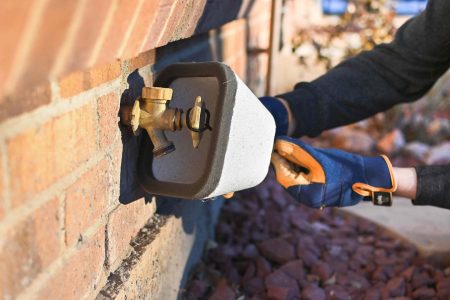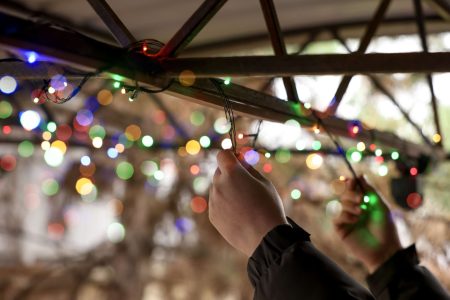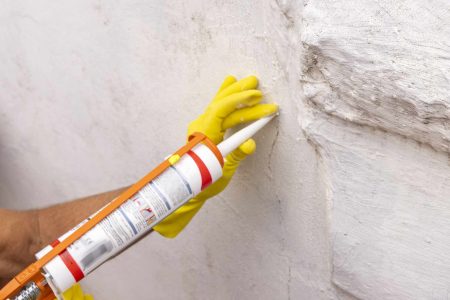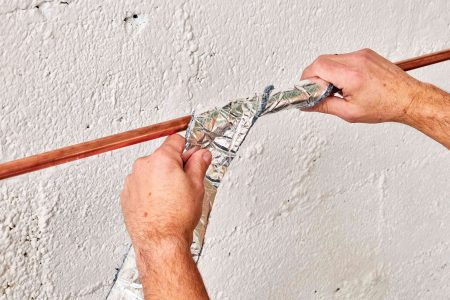Key Points
- Sealing gaps around windows and doors before fall can cut energy bills by up to 20% and prevent moisture damage.
- Experts say doing it early makes fixes easier and improves heating efficiency.
- This simple DIY step keeps warm air in, cold drafts out, and helps lower home energy costs.
While it still very much feels like summer outside, the fall and winter seasons are quickly approaching—and with them come a few opportunities to make sure your home is in great shape, not only so it survives the changing temperatures, but so you can save some money too.
We turned to energy experts to find out which task you need to take on before the end of summer to be sure your energy bills stay low for the cold season ahead.
Meet the Expert
- Mark Ginzburg is the owner and founder at EcoTech Windows & Doors.
- Li Ling Young is the lead engineering consultant at Efficiency Vermont.
Want more home reno project tips and inspiration? Sign up for our free daily newsletter for the latest how-tos, reno guides, and more!
Don’t Miss
Should You Seal Gaps Around Windows and Doors Before Fall?
According to Mark Ginzburg, owner and founder at EcoTech Windows & Doors, it’s important to seal gaps around windows and doors earlier, to avoid more problems later.
He says that if you delay, you could risk higher heating costs in winter—and even risk moisture damage to your home’s framing or drywall.
“Once the cold sets in, these problems are harder, and more expensive, to fix,” Ginzburg says. “Overall, early fall is an ideal time to take action.”
Li Ling Young, lead engineering consultant at Efficiency Vermont, agrees, and says this is an important task for keeping your home’s bills manageable.
“An air-sealed and [insulated] home uses less energy (meaning lower bills) both in summer and winter,” Young says. “Low bills are important costs for homeownership, and keeping all housing affordable.”
And Ginzburg says those savings are very noticeable—up to 10% to 20% of energy savings just by doing this single task alone.
“We’ve seen customers reduce cold drafts and enjoy a much more consistent heating performance throughout their homes just by addressing these common weak points,” he says.
How to Seal Gaps Around Windows and Doors
If you don’t want to hire someone to do the work of sealing gaps around your windows and doors, you’re in luck—it’s very easy for homeowners to do.
Ginzburg recommends using a caulk formulated for exterior use, like polyurethane or silicone, for sealing gaps around your window and door frames.
You can also use weatherstripping for doors and windows, he says.
“Proper application is key!” he says. “Many homeowners unknowingly seal over old, failed caulking or miss spots that need deeper attention.”
Other Ways to Lower Energy Bills This Fall
Prepping your home for fall and winter is an important task, especially if you live in a colder climate. There are a few other things you can do to ensure your home isn’t just ready for the cold weather, but for increased energy use as well:
- Install a smart thermostat. This allows you to easily adjust the temperature based on your needs—and set it and forget it.
- Clean HVAC filters. Your HVAC system will run more efficiently with clean filters.
- Have your HVAC maintained. Seasonal maintenance on your HVAC system can improve performance.
- Check your attic’s insulation. Heat rises, and if your attic isn’t properly insulated, you risk losing heat—and wasting money in the process.
- Change your ceiling fans’ directions. Your ceiling fans should rotate clockwise in fall and winter, to push warm air away from the ceiling.
Read the full article here









